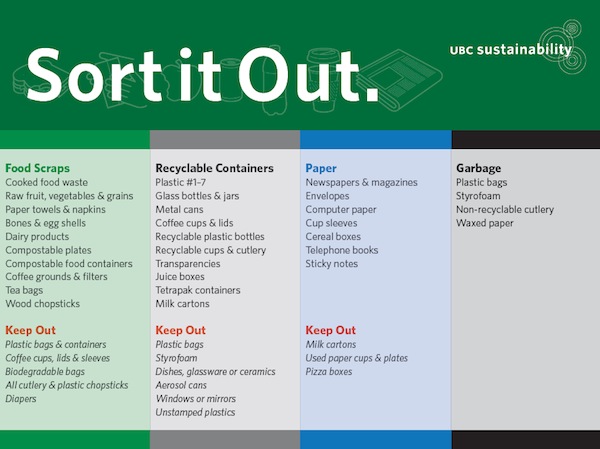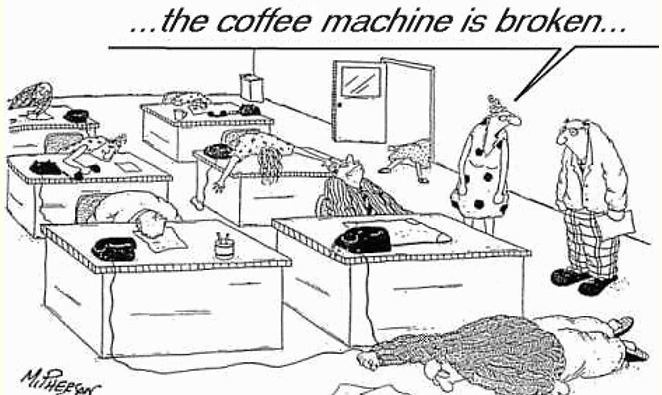
With the development of autonomous cars for use in the coming years, there are many possibilities for the future of transportation.
Many have fantasized that, in the future, cars will fly. While such technology is not available yet, a Vancouver Sun article describes an innovation that is closer to full development. Autonomous cars are the new fascination among car manufacturers, one of which is Tesla. The current Tesla model S is not yet fully autonomous: current technology is more like advanced driver assistance than a self-driving vehicle, but car companies are continuing to develop and improve their models to become more autonomous. Autonomous cars will improve road safety by operating with consistency, preventing the human error resulting from road rage and fatigue. This product is so revolutionary that governments are looking into changing regulations on the auto industry.
Google is another company developing self-driving cars, and a blog post from The Oatmeal describes Matthew Inman’s experience with Google’s cars. Inman’s reflections raise several questions about autonomous cars. He describes them as cautious, moving at a slow pace for safety. However, each car manufacturer may develop its self-driving cars differently. How will these cars operate together on the road if each is programmed for a different driving style and speed? Inman also notes that there is still a lot of room for development: yellow lights and four way stops, among other problems, still cause confusion for current technology.
Annalisa Meyboom, an architecture professor at UBC, says that this technology is “going to disrupt a lot of things.” Disruptive innovation is a “process by which a product/service takes root in simple applications at the bottom of a market and then relentlessly moves up market, eventually displacing established competitors.” These innovations often have lower profit margins and simpler products. According to this definition, self-driving cars are not disruptive by being simple or cheap. However, they have a strong potential to eventually displace established competitors, due to their convenience and usefulness.
What does this mean for the transportation industry? Public transit, taxis, and Uber will all be affected when autonomous cars are put on the market. This will affect drivers’ jobs, since drivers will no longer be a necessity. People are also less likely to use public transportation and taxis if their cars are able to self-drive. The amount of disruption will also depend on how automated the car is: the more the technology changes from human-operated cars, the more disruption the cars will cause.
Although these cars will take a lot of work to develop to their full potential, the ultimate takeaway is that this is a very useful technology for the future, especially to increase mobility for those who are unable to drive, such as senior citizens and the disabled. Once autonomous cars are fully developed, they will revolutionize the automotive industry forever.
Word count: 450
References:
A Ton of New Cars 2 Hi-Res Images Released. (2011, June 22). Retrieved November 13, 2016, from http://pixartimes.com/2011/06/22/a-ton-of-new-cars-2-hi-res-images-released/
AnnaLisa Meyboom. (2016). Retrieved November 13, 2016, from https://sala.ubc.ca/people/faculty/annalisa-meyboom
Christensen, C. (2012). Disruptive Innovation. Retrieved November 6, 2016, from http://www.claytonchristensen.com/key-concepts/
Inman, M. (n.d.). 6 things I learned from riding in a Google Self-Driving Car – The Oatmeal. Retrieved November 11, 2016, from http://theoatmeal.com/blog/google_self_driving_car
Penner, D. (2016, November 4). Autonomous vehicles promise to be disruptive but a boost to safety. Retrieved November 10, 2016, from http://vancouversun.com/business/local-business/autonomous-vehicles-promise-to-be-disruptive-but-a-boost-to-safety






